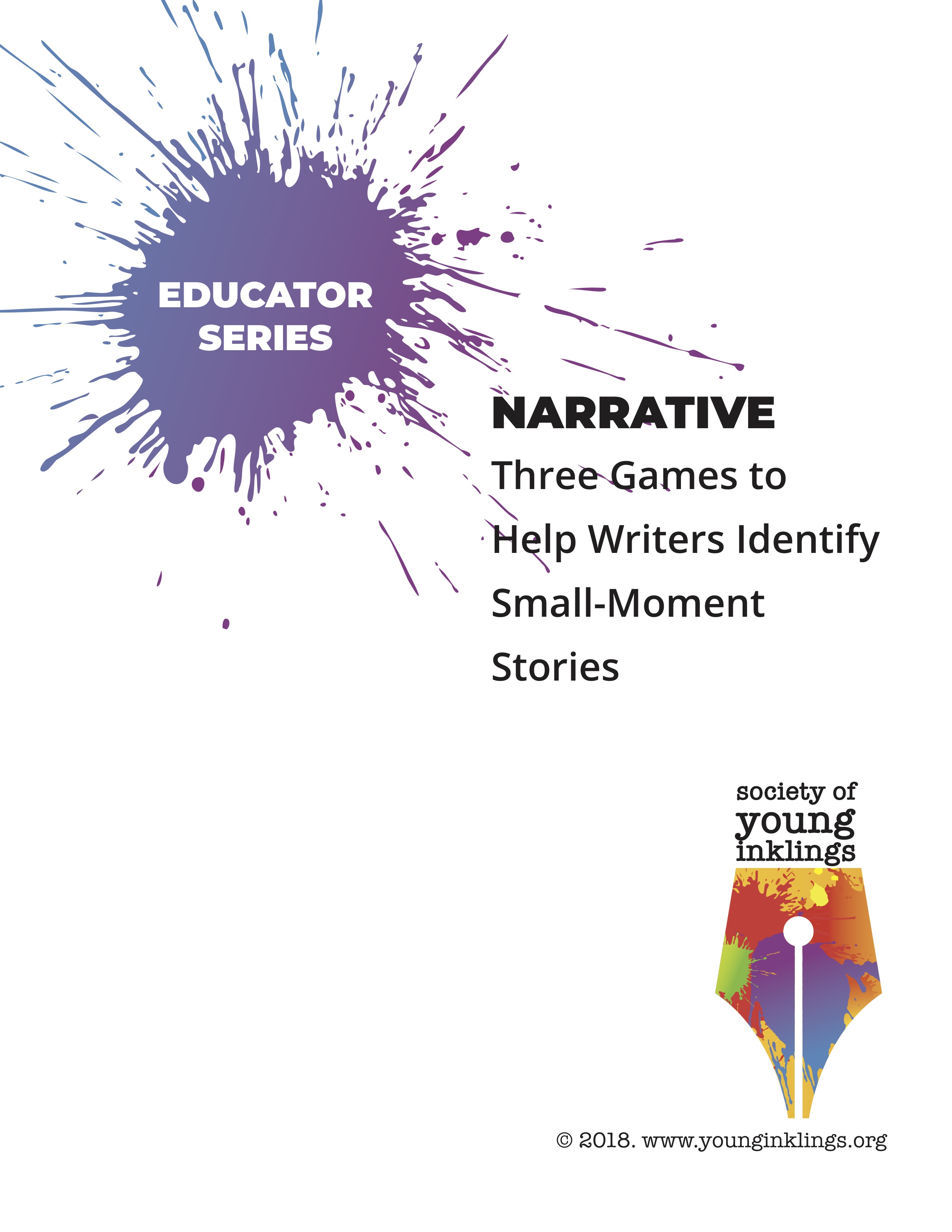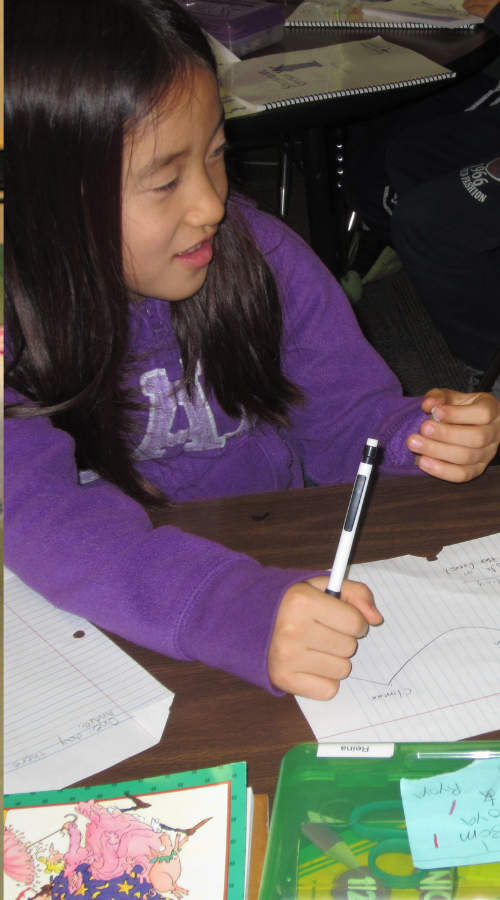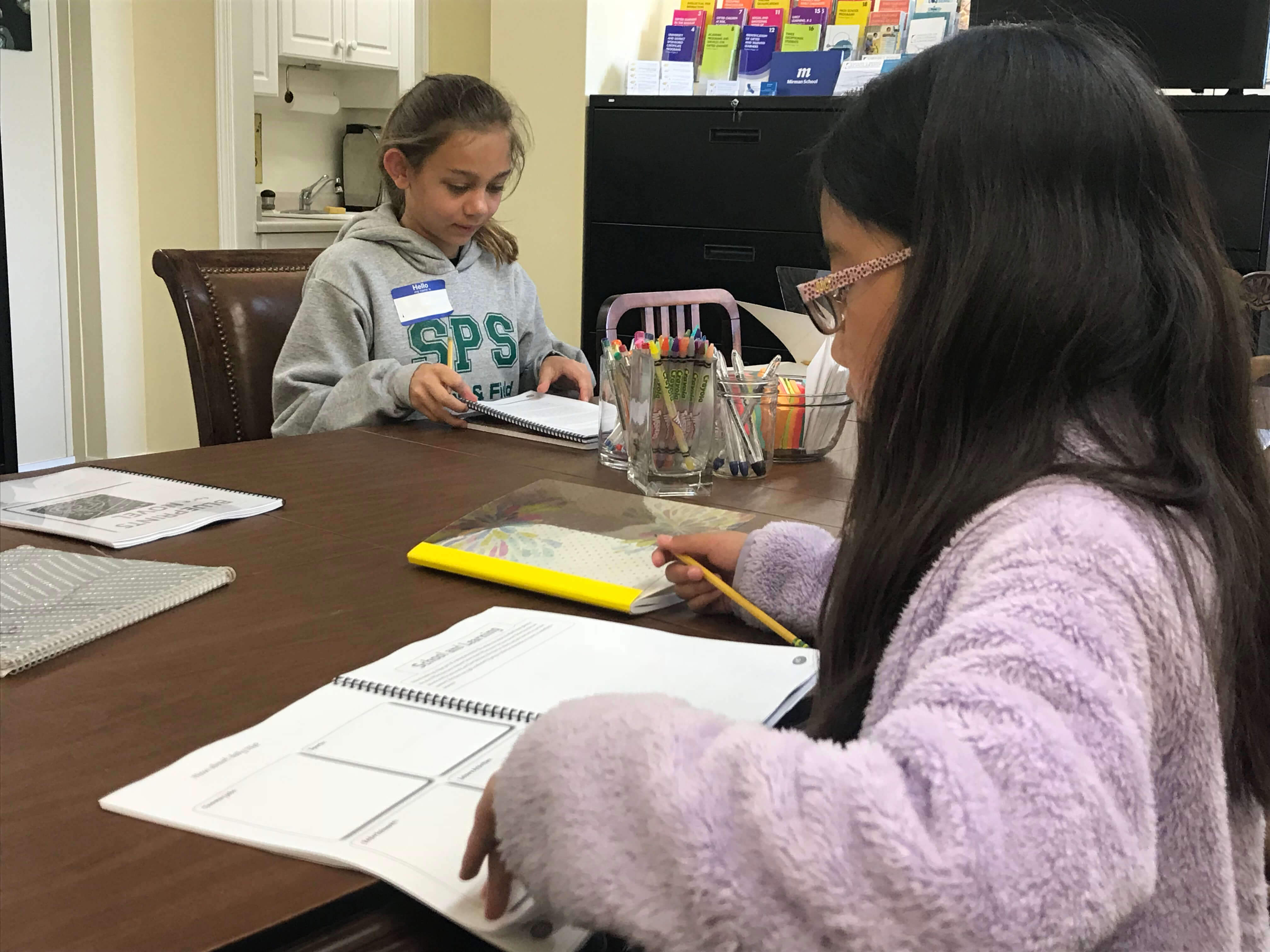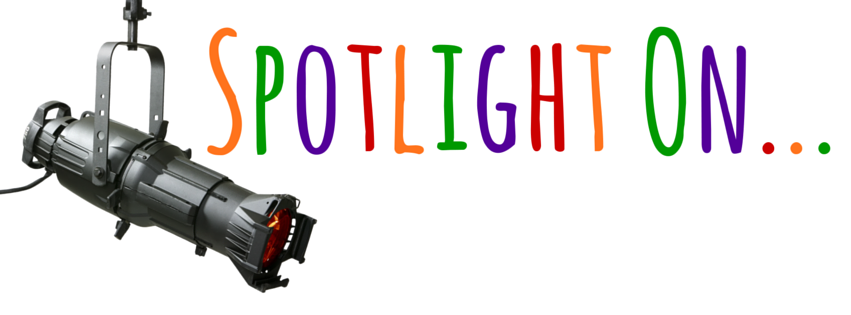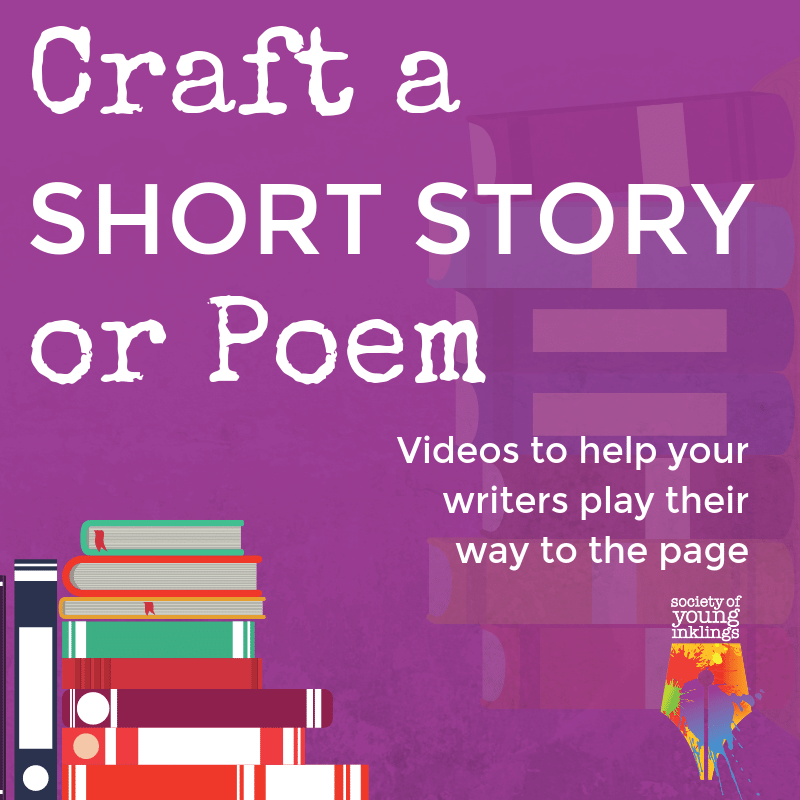Writerly Play Kit FOR EDUCATORS
Personal Narrative: Tapping Into Our Own Stories
Writerly Play for Educators
Personal Narrative: Tapping Into Our Own Stories
Kids often tell me, “Nothing interesting happens in my life. Can’t I just write about a flying car?” (Or a talking horse, or a magic carpet …) For many students, imagined stories have a spark of magic and wonder in them that their real lives seem to lack.
One of the reasons I love helping students visualize their own mental “Attic” and the curious, intriguing ideas and memories it holds is because I want to help them find that spark of magic in their everyday lives. For one thing, recess and math class feel different if we’re looking for the surprises, the laugh-out-loud moments, and the possibilities in unexpected corners. For another, capturing those real-life moments helps writers see and understand their experiences more clearly.
While I delight in inviting students to stretch their imaginations and follow fiction wherever it leads them, I find that one of the most powerful ways to help them tap into their own voices is through personal narrative.
In this WP Kit, we’ll explore some Writerly Play tools that support writers as they create personal narratives, from idea generation to drafting to revision and fine-tuning.
(If this is the first time you’re hearing about the Writerly Play rooms, and you’d like the bigger picture view, you can learn more here.)
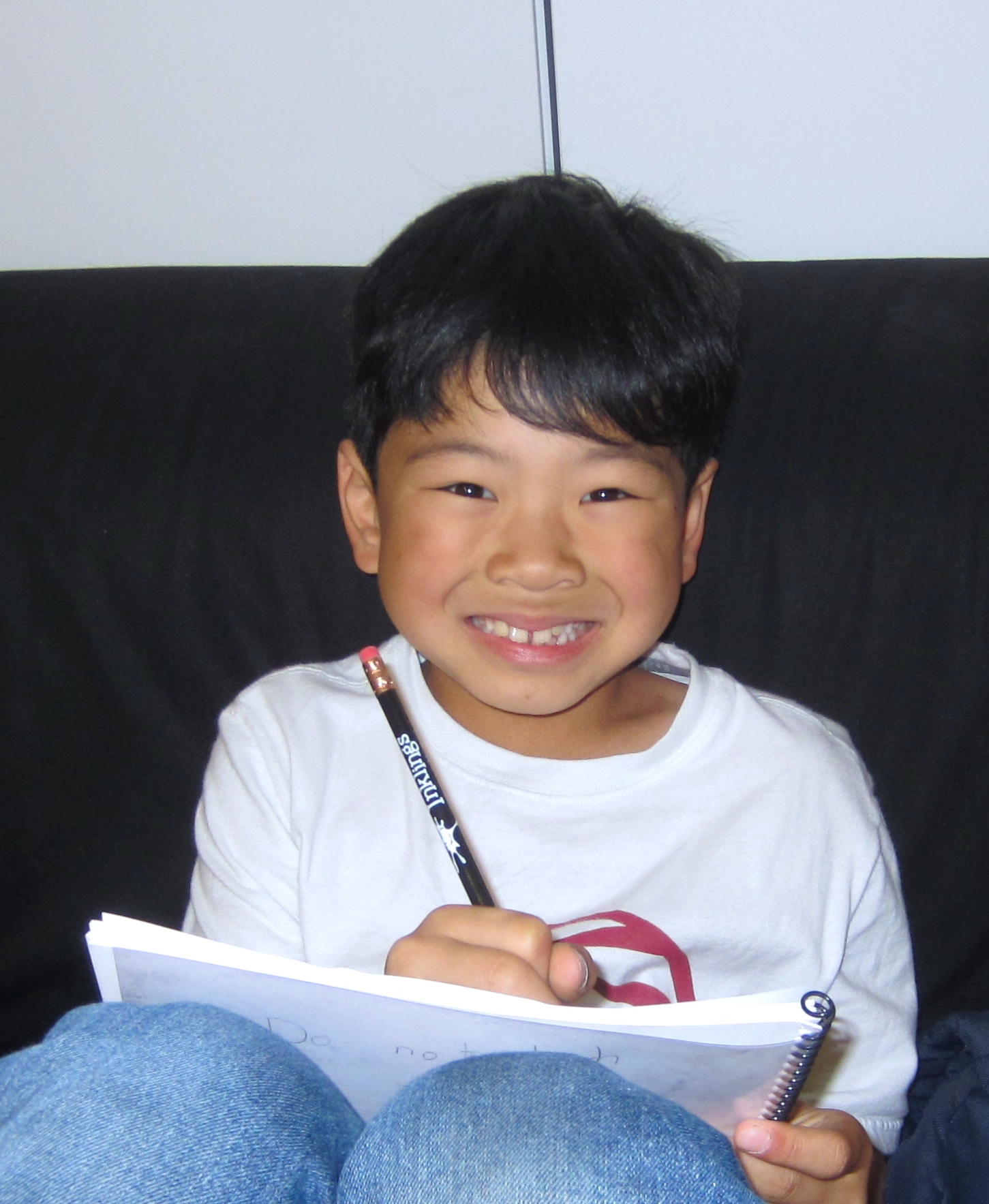
GATHER IDEAS
NARRATIVE:
THREE GAMES TO HELP WRITERS IDENTIFY SMALL MOMENT STORIES
In this video, Naomi teaches educators three simple games to try in their classrooms. These games help students discover their personal wealth of experiences that can be transformed into small moment stories. We all know what it’s like to face a blank page, stuck, when we’re asked to write about our own lives. Surely, something interesting has happened to us? In fact, many interesting things have happened! Launch your writers into this year’s narrative unit with three simple interactive games, and the companion printable guide.
DRAFT A NARRATIVE
LEARNING TO DRAFT
Many times the biggest obstacle to drafting is our inner critic.
The Writerly Play rooms help your writers separate drafting and revising into two distinct steps. If we imagine ourselves physically moving between two rooms in order to first draft and then revise, it’s easier to close the door on our inner critic. In the Studio, our job is to simply get the words on the page. After we have a draft, we can move into the Workshop and think critically about what’s working and what could be better. In the Workshop, we can also fine tune the mechanics and details.
One of the best ways to help your writers truly step into the Studio space, where their ideas and words flow easily, is to frame drafting as a game. All games need a challenge in them, and they need to feel fun. Usually games level up as players gain confidence. Often, I will challenge writers to race a clock with me. We place a colored dot where they are on the page, and then they write as many words as they can in three minutes. When the time runs out, they count up their words, and then we make plans for our second round. If they had a difficult time racing the clock, we problem-solve. Do they need to grip their pencil more lightly? Might they want to close their eyes now, before the timer starts, and picture the next sentence or two in their minds?
Our goal is to build drafting stamina in the same way we might build a physical muscle. Through practice, and trial and error, we “fail forward,” learning to draft with more fluency and skill over time.
REVISE A NARRATIVE
AN APPROACH TO REVISION
Recently, a team of third grade teachers asked me if I could share an approach to revision with their students. We had a fantastic conversation. In fact, it was so good, I realized I ought to share the quick strategy with you!
Revision can be overwhelming. It’s emotional, because we often view opportunities to improve our pieces as “mistakes.” In addition, the process requires focused attention on the details, and involves a mind-numbing amount of decisions. For my own sanity as a writer, and for the sake of the writers I mentor, I’ve worked hard to find a reliable way to revise that minimizes these challenges.
Here’s how I think about revision.
First of all, I clearly define my intended outcome. For students, sometimes teachers help set this goal, but the sooner a writer takes ownership over the effect of their words on a reader, the more optimistically they will approach revision. My intended outcome creates my “does it work” frame. Does this sentence make my story more funny? Possibly yes, and maybe I can make it even more so. Does this confusing-but-hilarious-to-me example make the piece more funny? Unfortunately, no. Instead of running every decision through a “right/wrong” framework, I’m using a more neutral frame, one that is connected with my why. In this way, the entire process becomes less fraught. Whether I intend for a piece to “paint a picture in a reader’s mind,” or “persuade them to take action,” the goal alone helps focus the revision process.
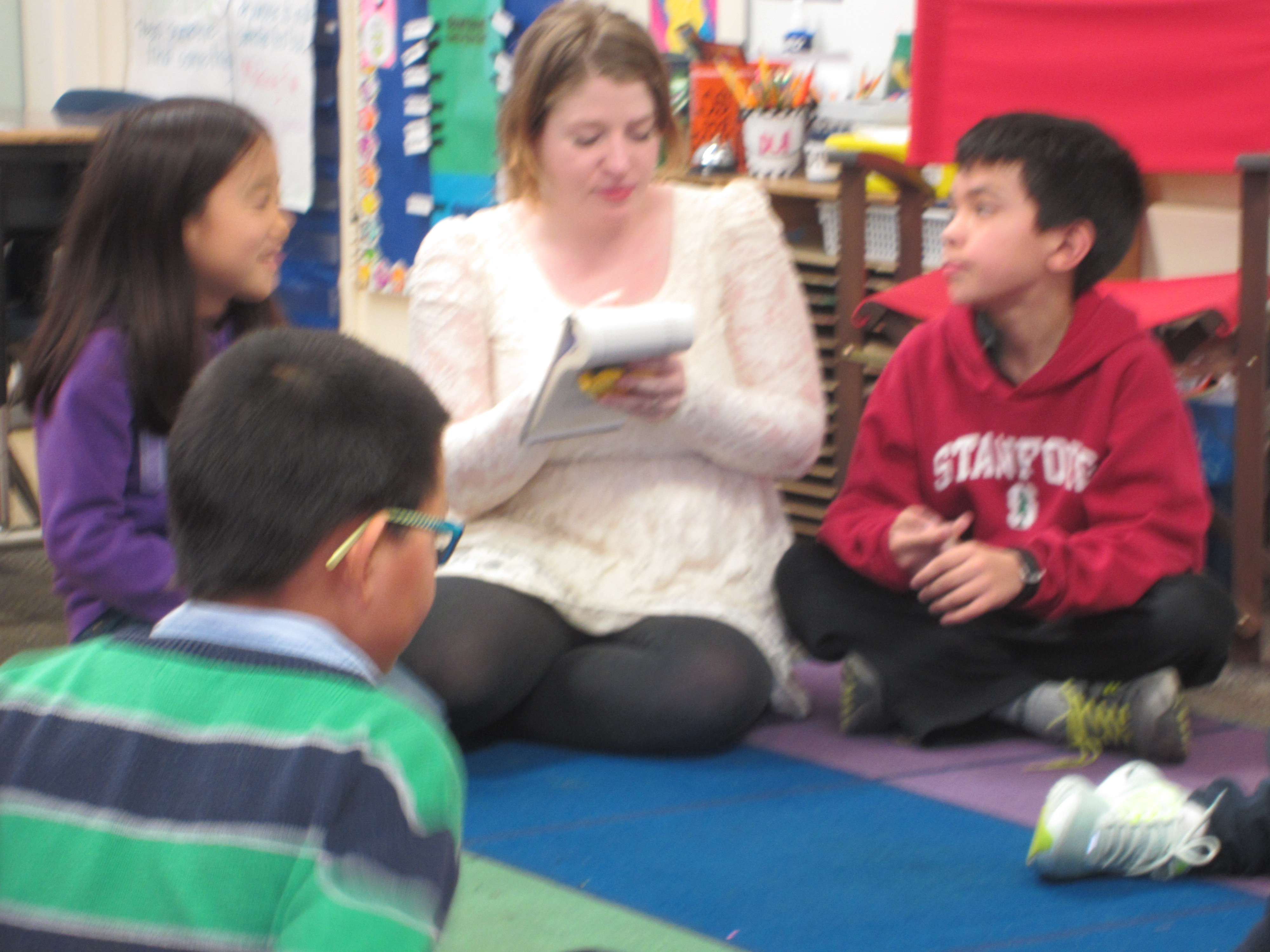
Second, I approach revision in layers. In a classroom setting, I usually plan three passes through a piece. The first pass addresses the big-picture changes in relation to my goal. Do we need to swap out an example? Add an additional character? Re-organize how we’ve laid out facts? The second pass addresses the specific skill I’m aiming to teach my students with this assignment. Maybe in this persuasive letter we’ve used three varied tactics to persuade our reader. We’d now focus deeply on the three tactics we’ve used and amplify their effectiveness. The third pass focuses on mechanics, word choice, and spelling. Now that the major changes have been made, we can attend to the details.
It’s important to acknowledge what this approach offers our students, and also what it leaves behind. After having focused deeply on one skill, our students have a clear understanding and increased confidence about that element of their writing. They’ve practiced playing up that quality throughout a piece, and through repeated application, have learned the skill fully enough to apply it to future writing. On the flip side, we must overlook potential weaknesses in order to allow our writers to narrow their focus and heighten their learning in this way. We can’t attend to everything if we want to deeply attend to the most important thing. For me, the tradeoff is worth it. When I’m working with developing writers, my overarching goal is for my students to become more empowered over time. Eventually, they won’t need me. They’ll not only have a full set of skills, but the ability to identify new ways to expand their capacity.
What’s Up At SYI this Month?
WRITING CHALLENGE
STORY STARTER
This month, Alicia Williams has challenged us with a timed writing exercise.
Take one full minute to create a list of events that has happened to you–important, funny, scary, anything! Now, choose one item from that list to write about. Time yourself for three minutes–and don’t let your pencil/pen stop moving. Don’t forget to add details and descriptions. Go!
Aim for between 350 and 1000 words. Submit your response HERE and you might be published on our website!
INK SPLAT
Alicia Williams
This month, we talk to author Alicia Williams about her novel, Genesis Begins Again. She talks to us about the issues of racism and colorism.
“…while working in kindergarten, every year we’d notice children of color, regardless of ethnicity, ashamed to use multicultural crayons that matched their skin tones. “

INKLINGS CONNECT
THE WAY WORDS MOVE US
Join us September 13 and 14 in Portola Valley, CA for our 2nd Annual Inklings Conference!
Featuring a keynote with author Joanna Ho, this conference includes creative writing breakout sessions in our beautiful redwood grove, workshops on using improv to step into a character’s shoes, experiments in word play, a storytelling workshop, and reflective writing to tap into your unique voice.
“The more you stuff your journal with the odds and ends of life, the more you find that the odds and ends connect to create complete stories.”
–Jack Gantos, Writing Radar
Bring active learning into your writing classroom.
Writerly Play offers an untraditional doorway into the writing process. Through a variety of games and activities, your writers will take action and tackle various genres of writing. Writerly Play utilizes games to facilitate creative and critical thinking at every stage of the process, from idea generation to idea development, to drafting and revision, and even through the sharing of work.
Try out Writerly Play in your classroom with our series of videos designed specifically for educators. Use one video to spark a story idea, try a poetry activity, or use the full series to support a creative writing unit.

